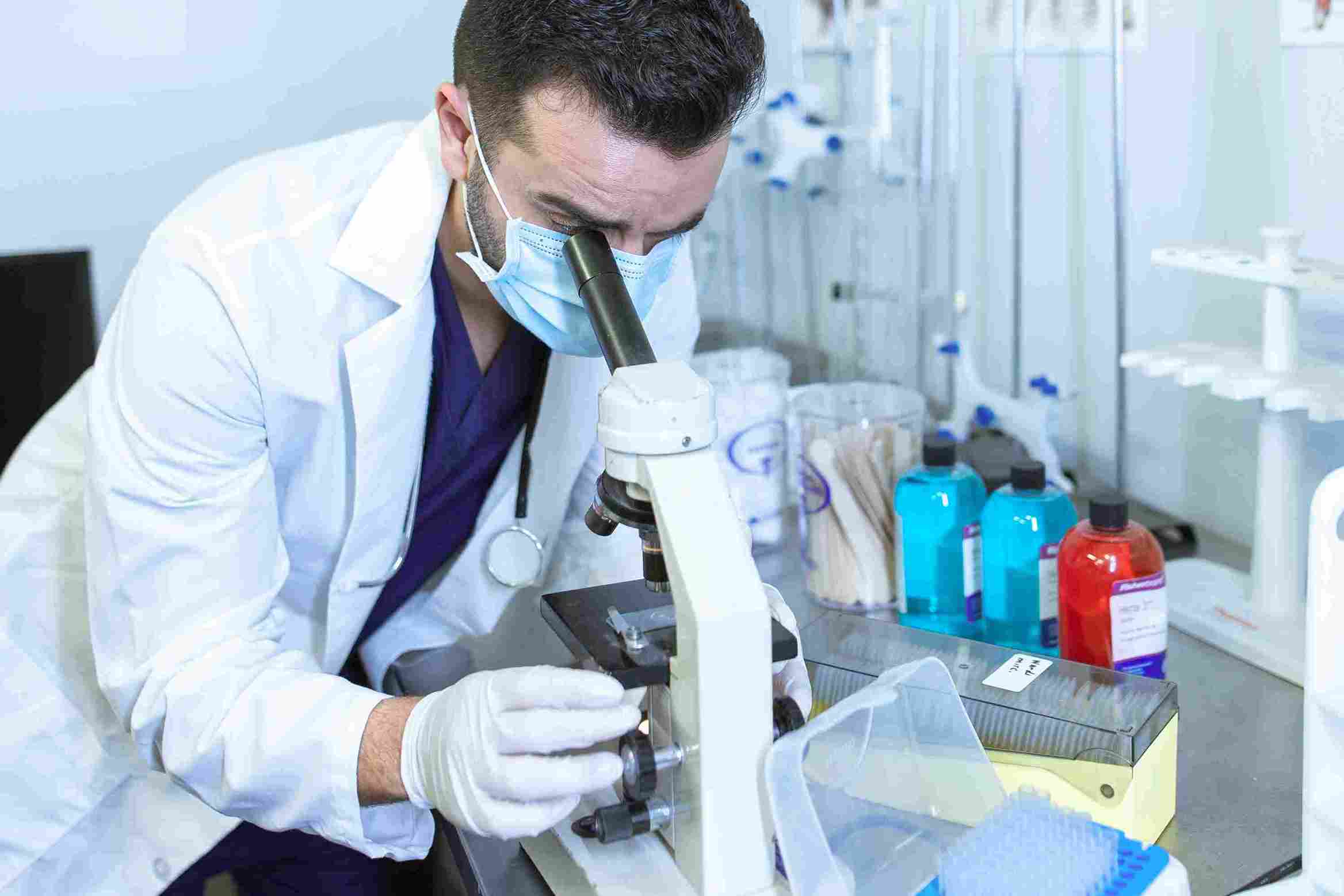This webinar will discuss setting up statistically justified sampling plans for process validation. The discussion will also involve using the sampling plan to set acceptance criteria for process validation. Setting acceptance criteria for test method validation will also be presented.
WHY SHOULD YOU ATTEND?
All companies in the pharmaceutical and medical device space are required to implement formal and statistically justified sampling plans and acceptance criteria for validation. Many companies do not have dedicated statistics departments, so it is up to the validation or quality engineer to develop sampling plans. This training will be a simple step-by-step method of developing statistically justified sampling plans and acceptance criteria.
This webinar will discuss methods for setting up sampling plans depending on the risk profile of the final product or production step. It will go into using the sampling plan to set statistically justified acceptance criteria for the validation. Also presented will be setting confidence levels and spreading that confidence level out over multiple runs. Setting statistically justified acceptance criteria for test method validation will also be discussed.
AREA COVERED
- What is Sampling
- Sampling is the ability to make a quality determination on a large number of things without direct examination of each thing
- Validation Sampling
- Not the same as lot acceptance sampling
- Differences
- Setting up a Validation Sampling Plan
- Pre-Sampling Determinations
- Steps to setting up sampling plans
- Variables vs. Attributes Sampling Plans
- The Concept of Acceptance Criteria
- Variance, How much is too much
- How to measure variance and why
- Use of Process Capability
- The concept of process capability
- Cp vs CpK
- How to use process capability to set acceptance criteria
WHO WILL BENEFIT?
- QA professionals
- Technical scientists
- Production staff
- Statisticians involved in validation
from Medical Device and Pharmaceutical Companies
All companies in the pharmaceutical and medical device space are required to implement formal and statistically justified sampling plans and acceptance criteria for validation. Many companies do not have dedicated statistics departments, so it is up to the validation or quality engineer to develop sampling plans. This training will be a simple step-by-step method of developing statistically justified sampling plans and acceptance criteria.
This webinar will discuss methods for setting up sampling plans depending on the risk profile of the final product or production step. It will go into using the sampling plan to set statistically justified acceptance criteria for the validation. Also presented will be setting confidence levels and spreading that confidence level out over multiple runs. Setting statistically justified acceptance criteria for test method validation will also be discussed.
- What is Sampling
- Sampling is the ability to make a quality determination on a large number of things without direct examination of each thing
- Validation Sampling
- Not the same as lot acceptance sampling
- Differences
- Setting up a Validation Sampling Plan
- Pre-Sampling Determinations
- Steps to setting up sampling plans
- Variables vs. Attributes Sampling Plans
- The Concept of Acceptance Criteria
- Variance, How much is too much
- How to measure variance and why
- Use of Process Capability
- The concept of process capability
- Cp vs CpK
- How to use process capability to set acceptance criteria
- QA professionals
- Technical scientists
- Production staff
- Statisticians involved in validation
from Medical Device and Pharmaceutical Companies
Speaker Profile
 Alan M Golden
Alan M Golden
Alan M Golden has over 30 years of experience in the medical device industry, both in basic research and quality assurance. Alan spent 31 years at Abbott Laboratories. For the first 16 years as part of diagnostics R&D, he developed recombinant proteins used in diagnostics tests, received three US patents, and published numerous papers and abstracts. Alan then transitioned to a quality assurance role wherein both the Abbott Diagnostics and Abbott Molecular divisions, he was responsible for quality assurance for new product development, on-market product support, and operations.Alan’s quality assurance experience extends from design control, change control, risk …
Upcoming Webinars

Controller Challenges in Changing Times: New Roles as Strat…

FDA Technology Modernization Action Plan (TMAP) and Impact …

Stress, Change And Team Resilience Through Humor: An Intera…



Excel Spreadsheets; Develop and Validate for 21 CFR Part 11…

How to Prepare For and Host a FDA Inspection and Respond to…

Sunshine Act Reporting - Clarification for Clinical Research


The Importance of the first 5 seconds when presenting

From Chaos To Calm: How to Eliminate Drama and Boost Workpl…

Complaint Handling and Management: From Receipt to Trending

Do's and Don'ts of Documenting Employee Behaviour, Performa…

Managing Toxic Employees: Strategies For Leaders To Effecti…


ChatGPT Unlocked: A Beginner’s Guide to AI and ChatGPT

Understanding Artificial Intelligence (AI) and the Incredib…

6-Hour Virtual Boot Camp on Microsoft Power BI


Onboarding is NOT Orientation - How to Improve the New Empl…

The Monte Carlo Simulations in Excel for Risky Investments

ChatGPT and Project Management: Leveraging AI for Project M…

Project Management for administrative professionals

Workplace Investigations 101: How to Conduct your Investiga…

Transform Data into Insights: A Beginners Guide to Excel Pi…

Harassment, Bullying, Gossip, Confrontational and Disruptiv…

Construction Lending And Real Credit Administration: Evalua…

Dealing With Difficult People: At Work & In Life

Understanding Accounting for non - Accounting professionals

New Form 1099 Reporting Requirements: 2025 Compliance Update

Human Error Reduction Techniques for Floor Supervisors

HR Metrics and Analytics 2025 - Update on Strategic Plannin…


7 Ways To Beat Burnout: Without Quitting Your Job

Treating Employees Like Adults: Discipline versus Empowerme…

Understanding EBITDA – Definition, Formula & Calculation

Ethical Terminations: Navigating Employee Exits with Legal …

Handbook Overhaul 2026: Compliance, OBBB Act & Beyond

How to Write Procedures to Avoid Human Errors

FDA Proposes Framework to Advance Credibility of AI Models

Project Management for Non-Project Managers - Scheduling yo…

Validation Statistics for Non-Statisticians

Data Integrity and Privacy: Compliance with 21 CFR Part 11,…


4-Hour Virtual Seminar on Hidden Secrets of Selling & Marke…


The Alphabet Soup: When the FMLA, ADA, COBRA, and Workers' …

Talent Management: How to Leverage AI and ChatGPT Tools for…

Offboarding with Care: Conducting Legal & Ethical Employee …

2-Hour Virtual Seminar on How to Conduct an Internal Harass…
